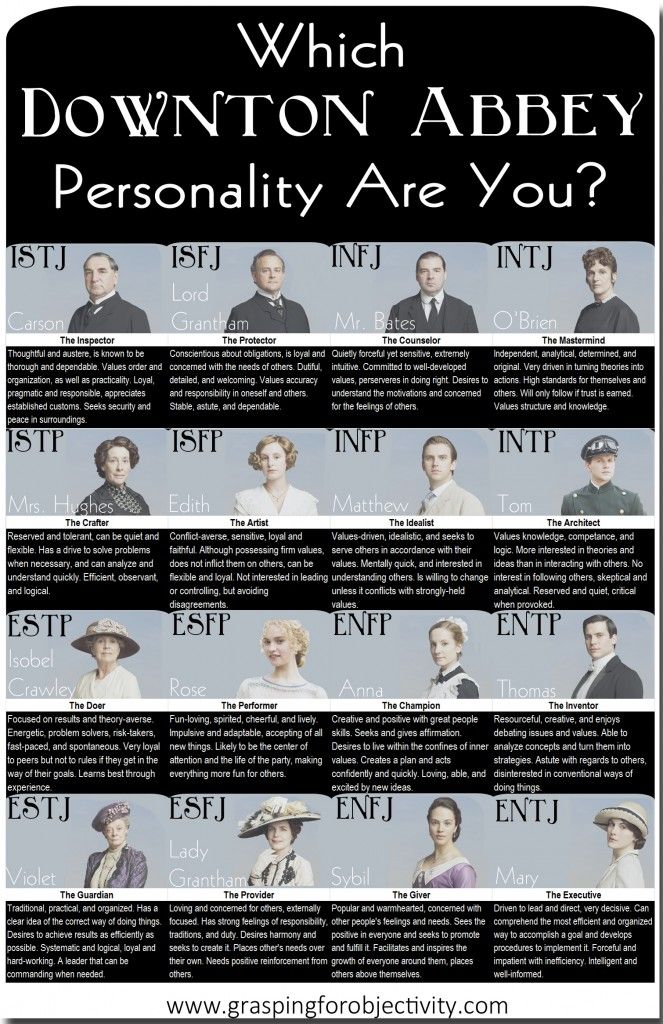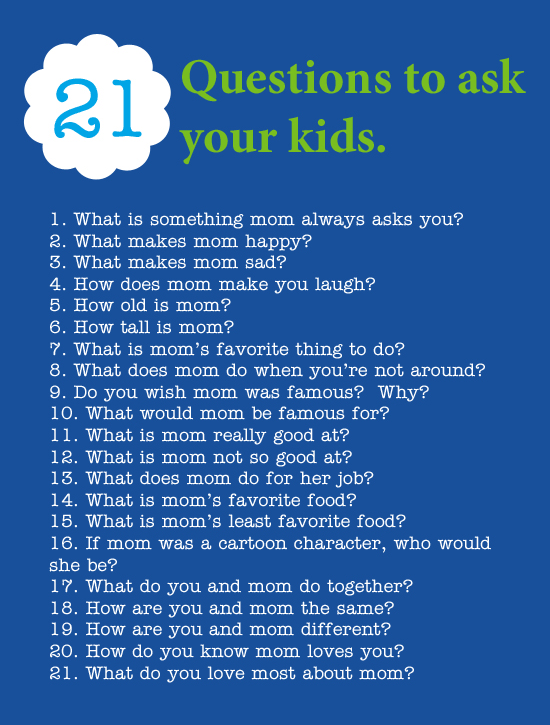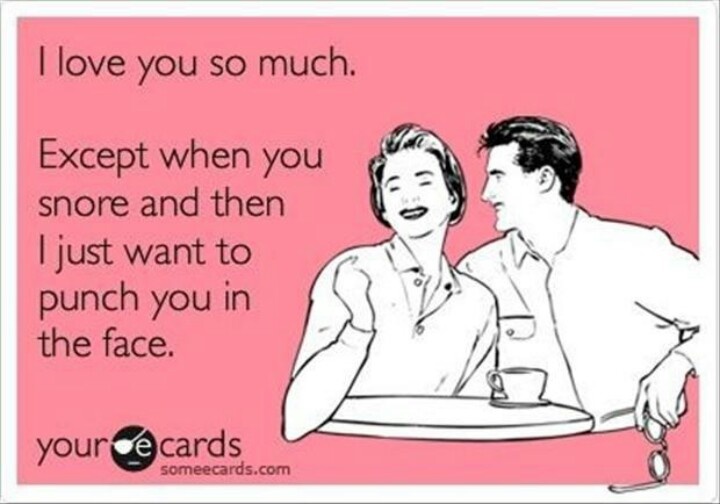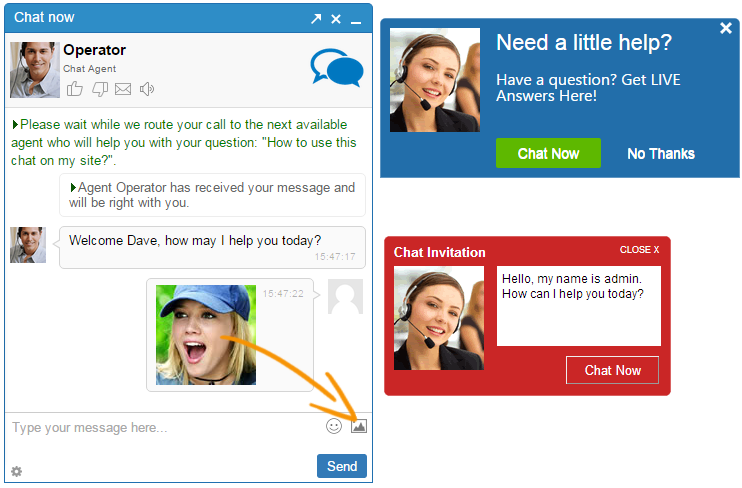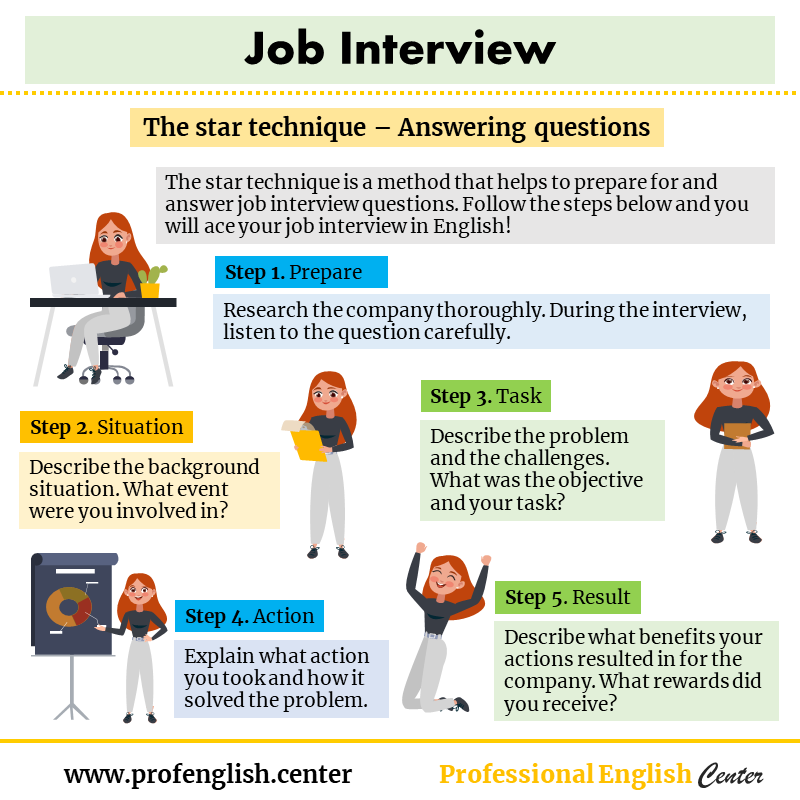How to deal with red personality type
How to get the best from people using their colour personality — Sharon Howat
Ever since I discovered this technique by my upline and Tom ‘Big Al’ Schreiter', I have been fascinated by it, I love working with colour personalities and when I meet new people I love to work out which one they are, I tend to call myself a purple! I am a mix of red & blue but have a predominately blue personality. Everyone who knows me knows, I love to talk!
SO LET’S GET STUCK IN!
Colour personalities can be divided into colours and some people have even divide personalities into gems like emerald, ruby, pearl & sapphire or birds like wrens, eagles and owls. But let’s focus on the colours.
Each colour has its particular traits, which is super helpful in your business to understand what these are. Not only will it help you to psychologically understand the person you are working with (team member or customer) better, but it will also help you in how you interact with them and motivate them.
If you know how to get the best out of a person, you will see great results, and better still if you recognise what colour YOU are, you are able to also tell people how to get the best out of you, your likes and dislikes, your strengths and your weaknesses
RED PERSONALITYTo work best with a red personality, you need to COMPLIMENT them and then set them a challenge/task. Remember compliment,compliment,CHALLENGE
Red personalities are strong and determined leaders, they will do what it takes to reach their goals, they are fast paced thinkers, risk takers, purposeful, drivers, strong-willed, less patient, obvious energy, competitive, rational and like to take control, they LOVE to be looked up to and will say what they think! You may recognise many of the qualities of the REDS in many leaders as they take ownership of their journey within the company, they need to be fast paced in their thinking, they take risks and be purposeful and confident with it and love to share their success with everyone around them.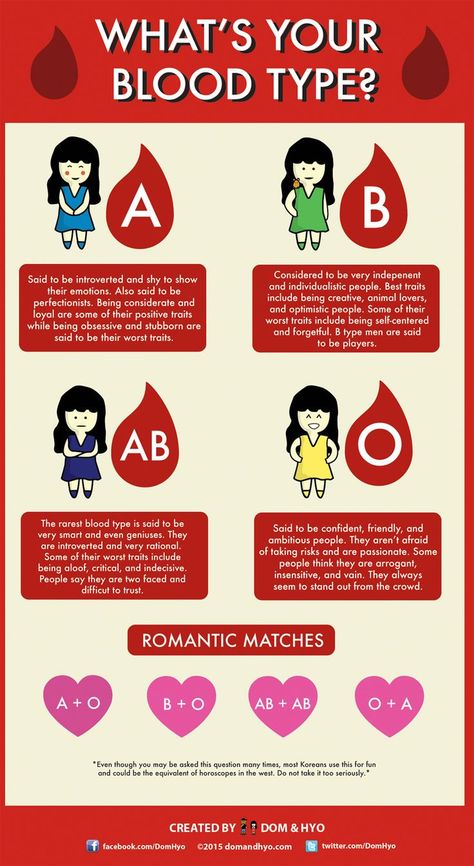
Things Red’s Don’t Like:
If you have a red personality in your team or you want to attract one to your team - Don’t’ waffle, remember, they are less patient and whatever you do, don’t be vague or ramble on. They value time, so don’t waste their time, don’t get too personal as REDS just like to stick to business, don’t stray from purpose, these personality types are focused in their thinking and don’t ask irrelevant questions, they get impatient and it does not fit in with their rational thinking patterns. Don’t try to take control, REDS are natural leaders and like to feel they are in control so don’t step on their toes, let them take the lead.
How to interact with a RED Personality:
Red’s like to get to business quickly, when interacting with a RED be quick, direct and precise, give them facts, and avoid the detail, talk to them about results and outcomes, they need to hear this to make quick decisions. Use their time efficiently, they are fast paced thinkers and tend to move quickly in their thoughts, great people to bounce ideas off, be confident when you talk to a red.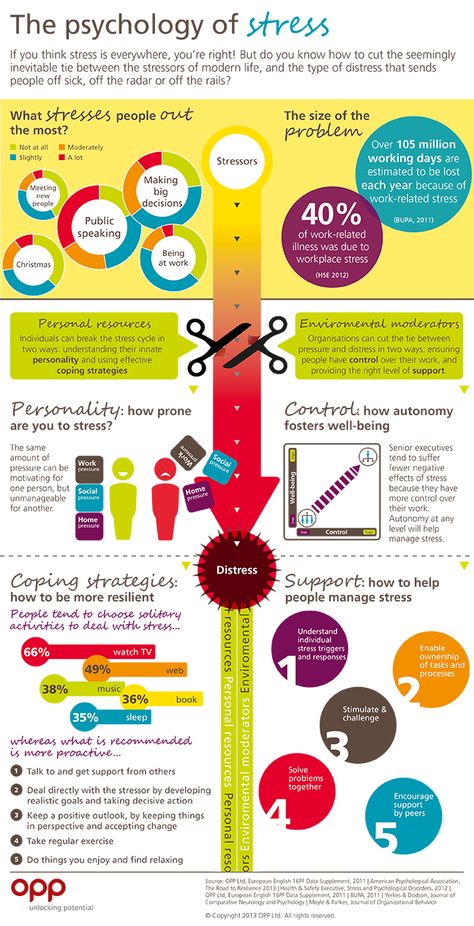
Here’s a couple of questions to use when talking to them in your business…
"You could be #1 in your area!"
"Then you could tell your new group what to do."
"They will look up to you as a leader."
"And then you would get the recognition you deserve!"
"You are not a job-person as you were made to be your own boss."
IDENTIFYING THEM
Jobs
Managers, Wedding planner, Politician
Dress
More formal than casual
Expensive, Designer (even with casual clothes)
Classy and/or sharp look
Appearance
Shorter hair styles
Sharp and classy over trendy
Rarely anything un-groomed or out of place
Tone of voice
Loud and forceful
Can be profane and/or sarcastic
Rather rapid pace of speech
Timeliness
Usually a few minutes late cause they have full schedules
Very upset if they are on time and you are not
Always seem to be in a rush
Greeting them
They usually have a firm handshake
They have a space in front of them you should not violate
Speak confidently and loudly to gain their respect
Persuading them
Do Not tell them what to do Challenge them
They want to get fast, big results.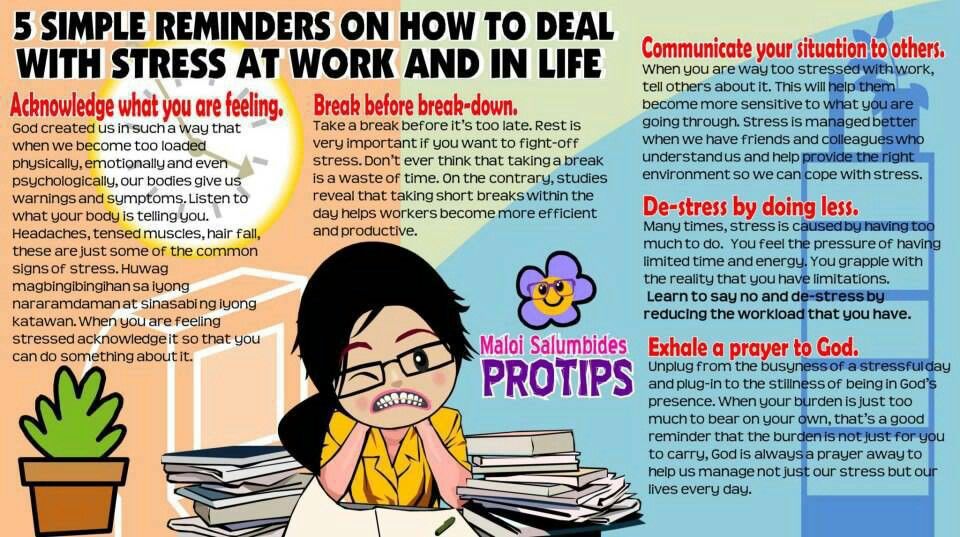 Show them an aggressive plan to follow.
Show them an aggressive plan to follow.
Flatter them
Teaching them
Praise them, then nicely make correction, then praise them again
Don’t criticise them
Be firm and certain of what you are saying
Do not embarrass them
Inspiring them
Challenge them and put them into competition
Expect a lot from them
They are very personable and friendly. They are very loyal and excellent team players. They are supporters rather than leaders. They will follow an ethical leader. They are huge on honesty and integrity. They are very family oriented. They love animals and the great outdoors. They are very environmentally conscious. They are natural peacemakers. They do not like conflicts and confrontations. They love to volunteer for a worthy cause. They do not like people who are materialistic or greedy. They do not like people who are fake, and they are very intuitive. They are very creative and expressive
Things Yellow’s Don’t Like:
Yellow’s don’t like it when you suppress their opinions or get into intricate details.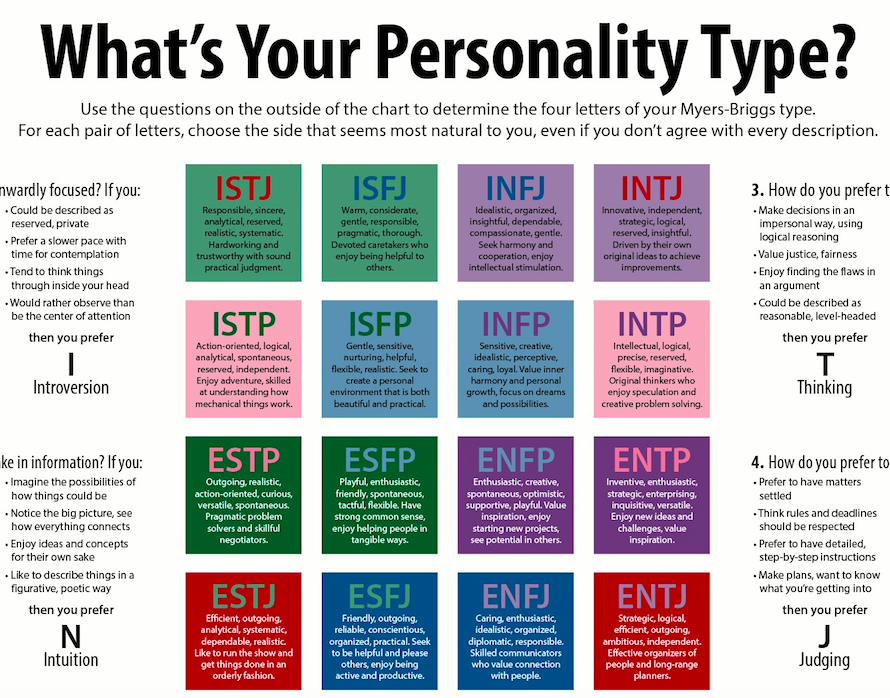 They are social animals and don’t like it when you are too impersonal, business-like or task orientated, you need to weave this into the conversation. Don’t try and inhibit their creativity, or appear aloof or detached.
They are social animals and don’t like it when you are too impersonal, business-like or task orientated, you need to weave this into the conversation. Don’t try and inhibit their creativity, or appear aloof or detached.
How to interact with a Yellow Personality:
Key to interacting with a yellow it so socialise before mentioning any business, get to know them and be interested in them. To get into their good books talk about options and other people, the benefits of helping others. Be enthusiastic and energetic when conveying your ideas over to them and be fast paced in delivering them. Offer your ideas and importantly use humour when doing so being sociable and acknowledge their input.
IDENTIFYING THEM
Dress
Casual and comfortable
Not expensive, flashy or trendy
Lots of earth tones
Appearance
Longer hair.
Not styled any special way
Nothing flashy for jewelry, etc
Least physically fit of all groups
Tone of voice
Happy and warm tone to voice
Speak softer and slower than other types
Rarely sharp or sarcastic.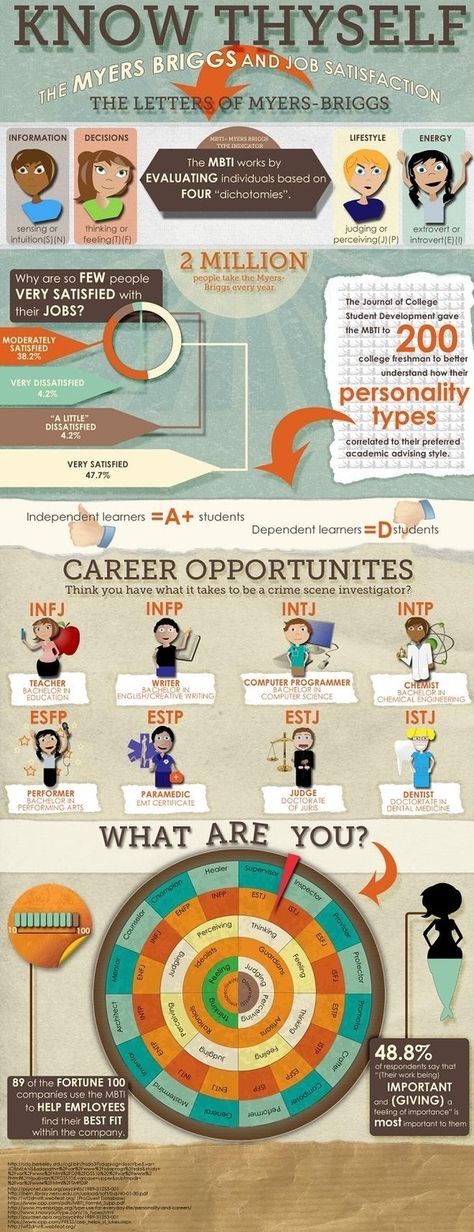
Timeliness
Usually on time or early
Respectful of others time
Spend much of business time making small talk and building rapport
Greeting them
They will get close to you. They may even hug you.
Softer handshake
They respond well to a warm smile and eye contact
Persuading Them
Be sincere and interested in their needs (listen to them)
Tell them what to do, showing them a slower path to get started.
Do not challenge them or be boastful or materialistic
They respond to honesty and integrity.
Show them the 'Big Picture"
Teaching Them
Compliment them, correct them very nicely, then praise them for their commitment
Be very mindful of you tone of voice. Do not yell at them and don’t cuss
If they know you care about their well being, they will take instruction
They respond well if you make them feel guilty about letting you down
Inspiring Them
Don’t put them in competition with individuals Talk team victories)
Let them know their production is helping others
Let them know you will be proud of them if they achieve
The party planners, the busy bee’s, the talkers and the one’s who need to be entertained, love to travel, easily distracted and like to be kept busy!
Blues are deep thinkers, analytical in nature, very detail focused and formal in their thinking.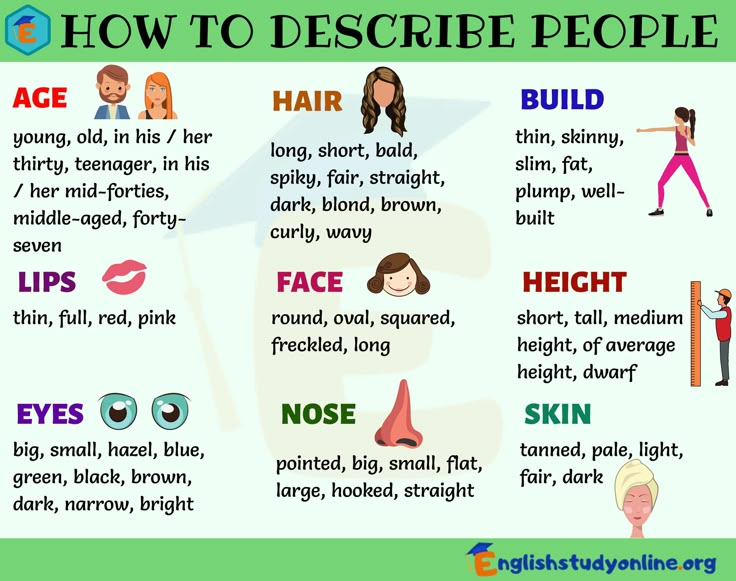 They can come across as being a bit cold or distant, but are deliberate in their approach and methodical, precise and pays attention to detail. They like things in their place, and are very organised with good time management skills. They are sticklers for time and are capable of coming to their own conclusions without having examples of others pushed at them. They take their time in their thinking and are much slower paced than the reds or yellows. Blues can come across as perfectionists due to their logical, systematic, precise and deliberate approach to problems or solutions. Blues like to have all the facts, and then logically put together an answer that is suitable.
They can come across as being a bit cold or distant, but are deliberate in their approach and methodical, precise and pays attention to detail. They like things in their place, and are very organised with good time management skills. They are sticklers for time and are capable of coming to their own conclusions without having examples of others pushed at them. They take their time in their thinking and are much slower paced than the reds or yellows. Blues can come across as perfectionists due to their logical, systematic, precise and deliberate approach to problems or solutions. Blues like to have all the facts, and then logically put together an answer that is suitable.
Things Blue’s Don’t Like:
Don’t come across as dis-organised with a Blue as they are very tidy. Try not to be late as they are sticklers for time keeping. Try not to be flippant or pushy with them. They don’t like vagueness so make sure you have lots of detail and be prepared to have lots of questions thrown at you. Don’t use testimonials or exaggerate claims as they do not fall for this, they are more facts and figures orientated. Don’t be too emotional as they cannot handle emotions.
Don’t use testimonials or exaggerate claims as they do not fall for this, they are more facts and figures orientated. Don’t be too emotional as they cannot handle emotions.
How to interact with a Blue Personality:
You have to be well prepared when dealing with a Blue personality, get into detail as they love to get all the facts in their mind. Be factual, specific and logical with your approach. Listening is important to a Blue so listen carefully to what they have to say, as they verbalise their thoughts through questioning thoroughly. Give them time to respond as they are slower paced thinkers. Be formal in your approach as they are very business like.
IDENTIFYING THEM
Dress
Bright colours
Very hip and trendy
Usually more casual
Appearance
Trendy hair styles (any wild colours or styles) Spiked
Hair with lots of gel
Can be wrinkled or sloppy
Tone of voice
Upbeat and happy
Loud and fast
They use a lot of slang expressions and current “hip” terms (very informal)
Timeliness
They are late a lot of the time
They go off on tangents and cause meetings to go off track/schedule
Greeting them
They will get very close to you
They are very informal (cool, hip handshakes, etc)
Give them a big smile and you start off on the right foot
Persuading them
Tell them what they should do, but do it nicely
Focus on them hitting short term goals and making immediate cash
Let them know they will have fun and that you will be there for them
Inspiring them
Give them simple, short term contests that they can achieve easily
Publicly recognise them when they achieve success
Let them know that to be included in "inner group" they need to produce solid results
Never go to long without some fun.
They will lose interest if it’s all work, all the time
GREEN PERSONALITY
Cool laid back relaxed and patient best describes the personality traits of the Green. They are easy to get along with and very informal in their approach. They are social and focus on relationships so can come across as emotional. They are much slower paced in their thinking and are very democratic people. They are very understanding, and agreeable. They say yes, but mean no? The green is the go between for the Red’s and Yellow’s who are much faster paced. They act as the facilitator to conflicts.
Things Green’s Don’t Like:
Green’s won’t be happy if you’re pushy or put them on a spot, Green’s absolutely hate this. Don’t try and dominate the discussion or rush things and they do not like when you decide for them so try to avoid this. Don’t be abrupt, explain in full and do not make wild claims or demands. They can also tell if you are insincere, so try not to be.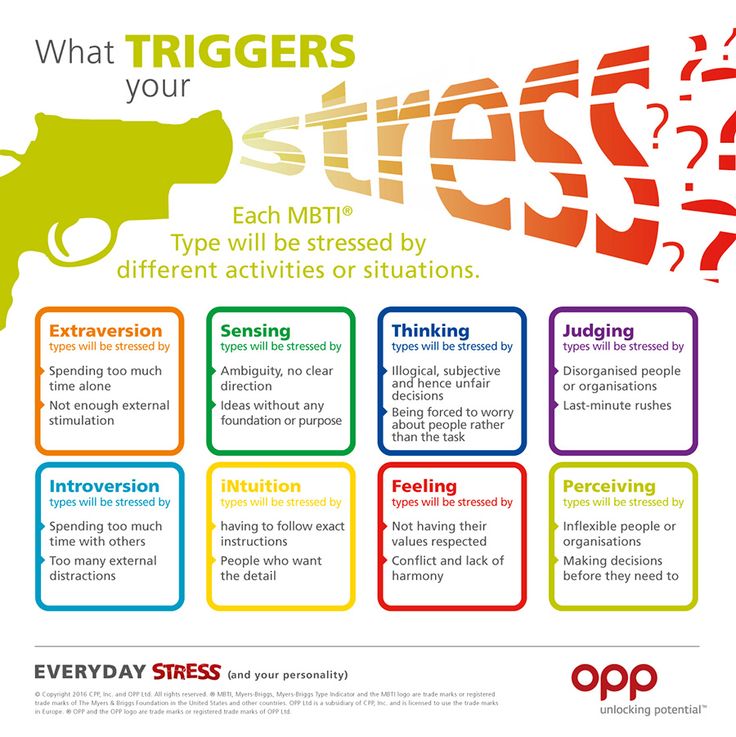
How to interact with a Green Personality:
Be friendly and show genuine interest in them, chat before going into business. It is important to develop trust first, be informal and non-threatening. However, be alert for non-verbal signs of concern, remember they say yes but mean no, but their body language will allay this. If you notice any non-verbal signs of concern, uncover their needs with open questions. Allow them to weigh things up for themselves.
IDENTIFYING THEM
Jobs
Lawyer, accountant, scientist, computer programmer, engineer
Dress
Very nondescript. Nothing that stands out.
Nothing flashy
Nothing trendy or expensive
Leans towards formal and conservative
Appearance
Hair style very standard. Nothing wild or stylish
Least concerned about appearance
Most likely to wear glasses (over contacts) and be OK with baldness or physical imperfections
Usually pretty physically fit
Tone of voice
Borderline monotone.
Slow and deliberate
Very articulate.
Very little slang.
Good vocabulary
Timeliness
Very prompt
Upset when others are late
Efficient with use of time.
Very little small talk
Greeting them
They will not get close to you (very germ conscious)
They like having their space
No wild handshakes. Usually no smile or small talk coming from them
Persuading them
Do not tell them what to do.
Explain their options and back off
No hype. Make logical arguments
Use as much 3rd party documentation as possible (the more facts, the better)
Explaining placement properly (without pressure) is very effective
Teaching them
Give it to them straight. Don’t sugar coat things
Be specific with your comments always offering how to find solutions
Walk your talk. They won’t suffer a hypocrite
Refer to documented sources to validate what you are teaching them
Inspiring them
Do not look over their shoulder all the time
Raise their expectations (not the realistic ones they will have naturally)
Stress excellence over perfection
Red – talk about money
Yellow – talk about product benefits and how business helps people
Blue – talk parties, events, conferences, holiday incentives, cars
Greens – talk facts, marketing plans, structures
Knowing colour personalities is a fantastic skill to have when looking and promoting your business to find new team members and how to speak to customers, based on the language they would be best to understand.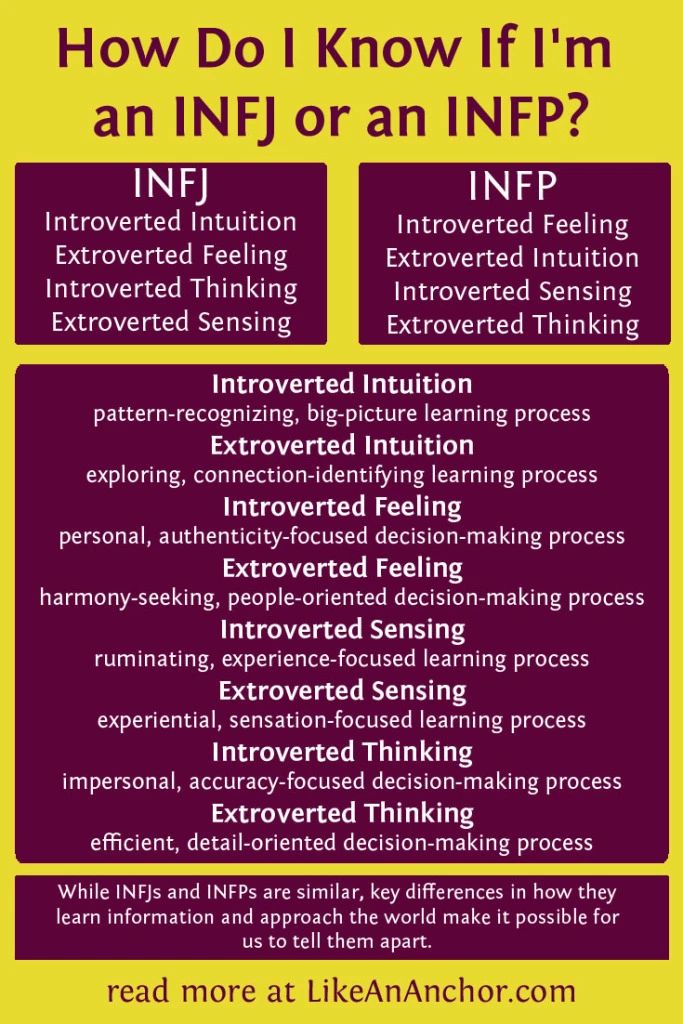
Here are the two books (quick to read) by Big Al, you should grab them and start working with this technique, you will see so many colours all around you and now you can talk to them in ‘their language’.
Now you have a clearer understanding of all the colour personalities. This can be very useful if you can work out, who in your team is a particular colour, you will now know how to get the best out of them and what not to do not to get their backs up!!
We all have a mix of these personality colours in us, but one particular colour may stand out more than most, this is known as your dominant colour and is more your true personality. I hope you find this information a great starting point in working with, recruiting and understanding people’s ‘colour personalities’.
What’s your colour? Let me know by leaving me a comment below.
Big Al’s colour personality test can be found << HERE >>
*Check out this website for the ultimate personality test but if it comes out yellow, do it again being more honest and then that will be your true personality colour
If you enjoyed this post I’d love for you to share it over on Pinterest using the image below
How to Work With a Red Personality Type
What are some of the traits of the red personality type? How can you adapt your behavior to work cooperatively with a red-dominant person?
According to Thomas Erikson in Surrounded by Idiots, Red personalities are unapologetically ambitious and self-confident. They like to be in charge and are comfortable taking risks. People with this personality are extroverted and not afraid to speak their mind, even when it causes conflict. Erikson notes that Hippocrates calls this behavior type “choleric.”
They like to be in charge and are comfortable taking risks. People with this personality are extroverted and not afraid to speak their mind, even when it causes conflict. Erikson notes that Hippocrates calls this behavior type “choleric.”
Here’s how to manage a working relationship with a red-dominant person.
Help manage the details. Erikson reiterates that Red-dominant people are big-picture thinkers and don’t care about how the vision is accomplished. Though he won’t like it, you can help this personality type by reminding him that details are, in fact, important. If you have a Blue or Green personality, you might offer to take up the minutiae yourself. If you have a Yellow personality (not keen on details either), try suggesting he delegate those tasks to a teammate who will thrive.
(Shortform note: Red personalities have no problem delegating, but because they aren’t detail-oriented to begin with, it could be helpful to create a list of specific tasks that they can assign to various team members.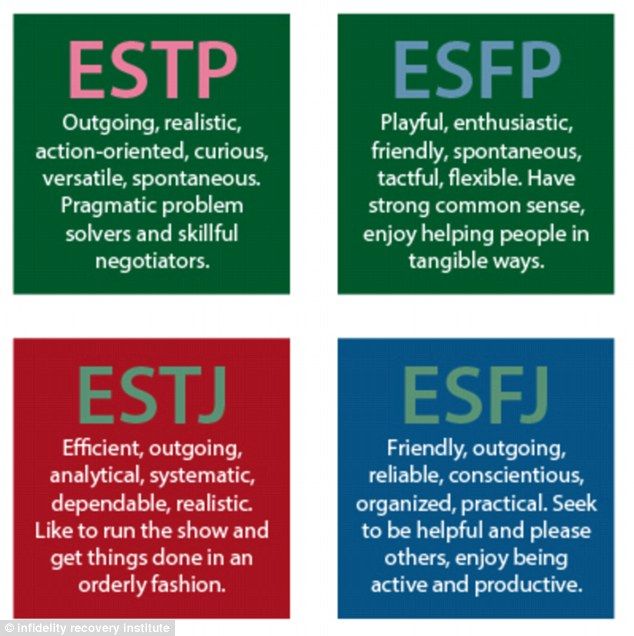 )
)
Encourage them to slow down and calculate risks. Erikson says that Red personalities rarely stop to calculate risks because they want to get the job done as quickly as possible, and they believe that they must always stay busy. If you’re collaborating with a Red-dominant person, remind him that by slowing down just a bit, he will make fewer mistakes and increase output.
(Shortform note: People often equate being busy with being productive, but there are differences between the two. Think of being busy as working hard and being productive as working smart. Another difference: Busyness is frantic in nature and productivity is focused.)
Stand up to them if they’re alienating others. Erikson reminds you that Red types don’t intentionally intimidate others, but their brash style of communicating (in combination with their short fuse) can leave others feeling steamrolled. If you see this happening, Erikson says the best thing to do is stand up to them by pointing out the behavior and communicating that it’s unacceptable.
(Shortform note: If this personality type prefers direct communication, as Erikson says, then it might be more effective to encourage the intimidated colleague to confront the Red-dominant person himself. You can help the colleague prepare for the meeting by role-playing, or offer to come along as a mediator.)
Persuading a Red Personality Type
Cut to the chase. If the purpose of your visit is to talk business, a Red-dominant person will be annoyed if you try to be his friend. One of the worst things you can do is ask about his family, hobbies, or personal life—he doesn’t believe you have a right to the information and he also thinks it’s a waste of time. Instead, Erikson recommends you ask for what you want in the fewest words possible.
(Shortform note: This advice contradicts what Dale Carnegie recommends in How to Win Friends and Influence People. Carnegie says that expressing an interest in the other person’s life is a tenet of effective salesmanship.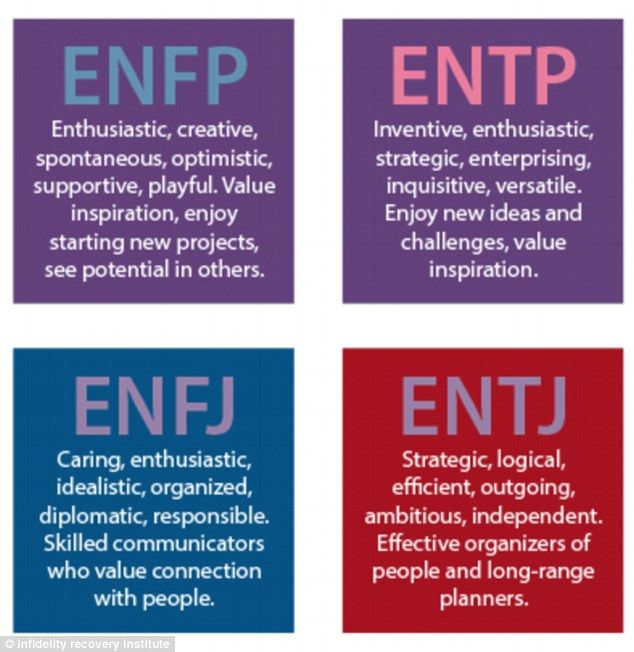 He maintains that people love to talk about themselves and this is a quick way to win their favor and set a positive tone.)
He maintains that people love to talk about themselves and this is a quick way to win their favor and set a positive tone.)
Have an opinion and stand your ground. Erikson warns that if you approach a Red personality type with a meek “yes-man” attitude, you’re dead in the water. Red personalities respect people who have strong opinions and don’t back down easily. If your boss tells you, “No, I can’t afford to give you a raise right now,” don’t give up. Instead, respond confidently with the factual reasons why you deserve a raise and leave feelings out of it. Erikson reminds you that Red types love a challenge, so your boss is likely to embrace the negotiation process.
(Shortform note: It’s possible to stand your ground and respect the other viewpoint simultaneously. Carnegie explains that if you can understand why the other person thinks the way they do, you hold the key to changing their mind. Start by acknowledging the other person’s opinion and explain, in your own words, why the opinion is relevant. After the recipient receives this validation, explain your position passionately.)
After the recipient receives this validation, explain your position passionately.)
Focus on the future and take initiative. Erikson says Red types are always looking to the future, and they respect people who take initiative instead of waiting for directions. If you want to sell a Red-dominant boss on your raise, tell him exactly what you plan to do to help him. Use concrete figures and stay away from flowery language.
(Shortform note: Carnegie says that stating the truth of a situation and providing facts and figures is not compelling enough to persuade most people. He encourages his readers to appeal to the other person via their emotions through showmanship and visual elements. This contradicts Erikson’s advice for how to appeal to a Red personality.)
Giving Feedback to a Red-Dominant Employee
Prepare for battle. Erikson warns that a Red personality type won’t sit quietly and listen to feedback. Instead, he will argue with you on every point and assign a scapegoat for every criticism.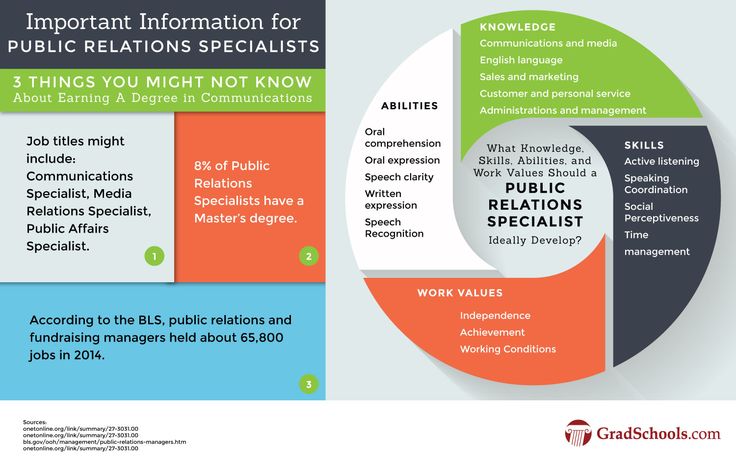 For this reason, Erikson advises you to give the feedback at a time when you’re feeling strong. For example, if you’re always tired at the end of the workday, schedule your meeting for the morning. You need to be energized and mentally prepared for a strong reaction.
For this reason, Erikson advises you to give the feedback at a time when you’re feeling strong. For example, if you’re always tired at the end of the workday, schedule your meeting for the morning. You need to be energized and mentally prepared for a strong reaction.
(Shortform note: When it comes to criticism, the sooner you give feedback, the better. This is even more true for dominant personalities, because there is less room to argue when the behavior in question is still fresh in everyone’s mind. If you address the issue right away, you also eliminate the argumentative question of, “Why is this an issue now?”)
Be direct. Erikson reminds us that Red personalities don’t mince words, so skip the small talk. Also, he advises against using a “compliment sandwich” (a compliment before and after the criticism), because Red types recognize and hate when things are sugar-coated. Instead, Erikson says, tell them exactly what the problem is, using the fewest words possible.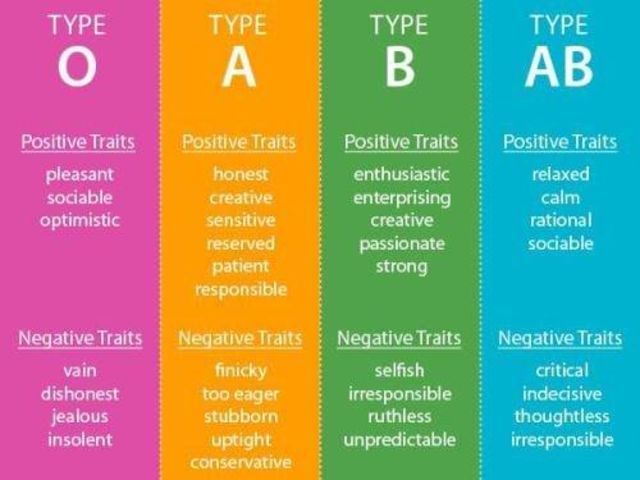
(Shortform note: You can offer straightforward criticisms in a way that doesn’t bruise the ego by drawing on the employee’s expertise. Rather than saying, “Your presentation appeared rushed and had many mistakes,” ask him, “What do you think you could do to minimize errors in future presentations?” Using this method, you aren’t sugar-coating the issue but you’re showing that you trust that he knows how to fix it.)
Give examples. Whatever you’re critiquing, Erikson says a Red-dominant person won’t just take your word for it. Be prepared with specific, concrete examples of the behavior in question. If you aren’t ready with more than one example, they will dismiss the criticism altogether.
(Shortform note: Almost everyone experiences an internal defense mechanism when receiving negative feedback. We assume that the person doing the criticizing is either misinformed or doesn’t like us. This is rarely the truth, however, and examples can help the recipient see that the critique is based in reality.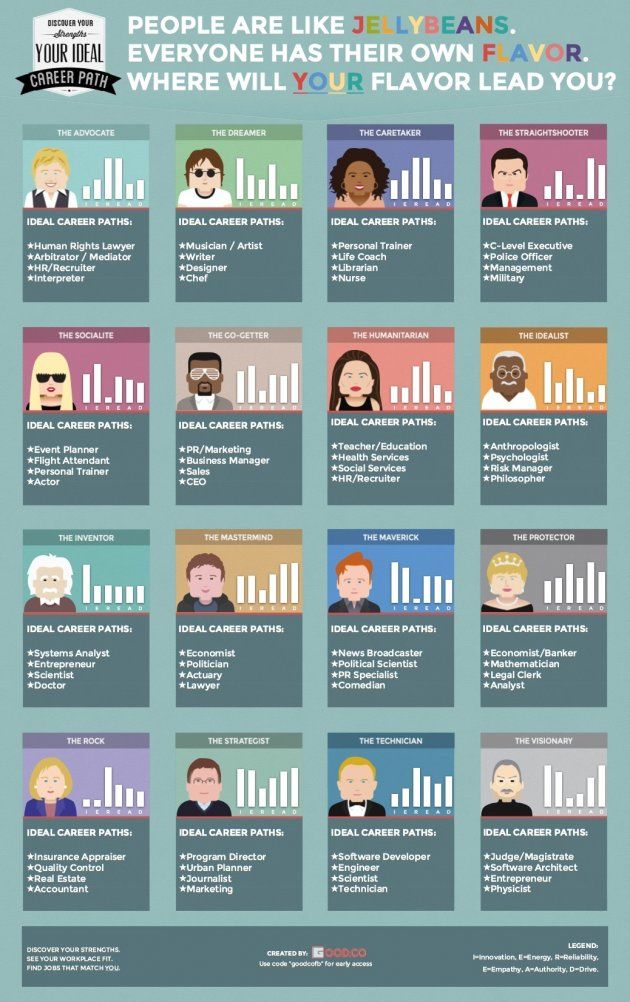 )
)
Leave feelings out of it. Erikson says it’s a waste of time to tell Red personality types how they made someone else feel because they don’t believe other people’s feelings are their responsibility. Red personalities are task-driven (not relationship-driven), so Erikson says you’ll have better luck if you explain how their actions affected the person’s performance.
(Shortform note: To keep the feedback objective and not opinion-based, provide a specific actionable with each critique. For example, instead of saying, “Your colleagues have trouble working with you because you’re overbearing,” say, “I’d like to see some more flexibility in your collaboration, so on the next two projects, I want you to practice being the second lead instead of the first, and we’ll debrief afterward.”)
Make them repeat the plan. At the end of the meeting, Erikson recommends you give Red-dominant people hypothetical scenarios and ask how they’d handle them.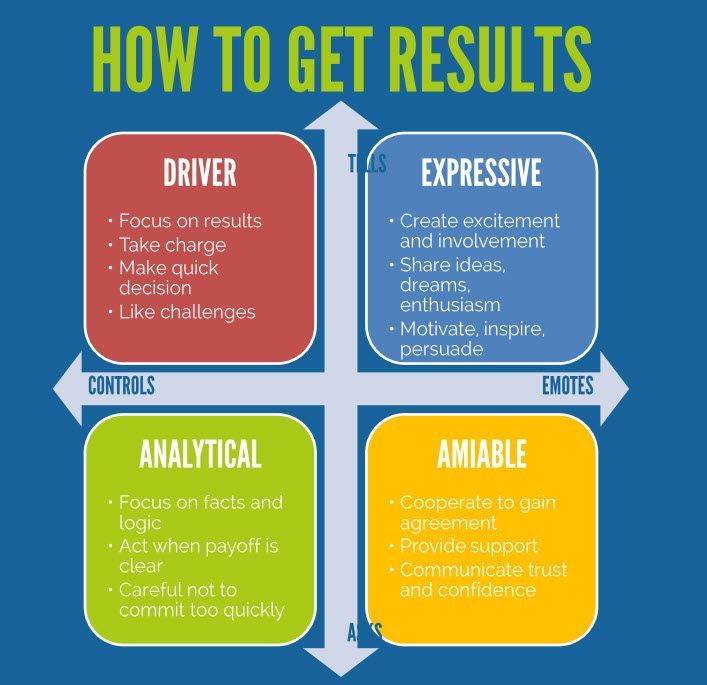 Go through each one together and make sure they have a plan for how to behave appropriately. Remember, Red personalities are problem-solvers, so this activity should feel satisfying to them while reinforcing what was discussed.
Go through each one together and make sure they have a plan for how to behave appropriately. Remember, Red personalities are problem-solvers, so this activity should feel satisfying to them while reinforcing what was discussed.
(Shortform note: Consider closing a feedback session with a joint action plan. What change needs to take place? How will progress be measured? When will a follow-up meeting take place? These questions should be discussed and the answers agreed upon before adjourning the meeting.)
Personality Test: Red, Blue, Yellow, Green
- Main
- Personality Test: Red, Blue, Yellow, Green
Forewarned is forearmed! Understanding yourself and the inner motives of your personality will help you in life and in business. Take a simple test and find out what type you are and how you can use your strengths and weaknesses. Knowing personality types will also help you work effectively and communicate with other people, whether they are your friends, partners, colleagues or clients.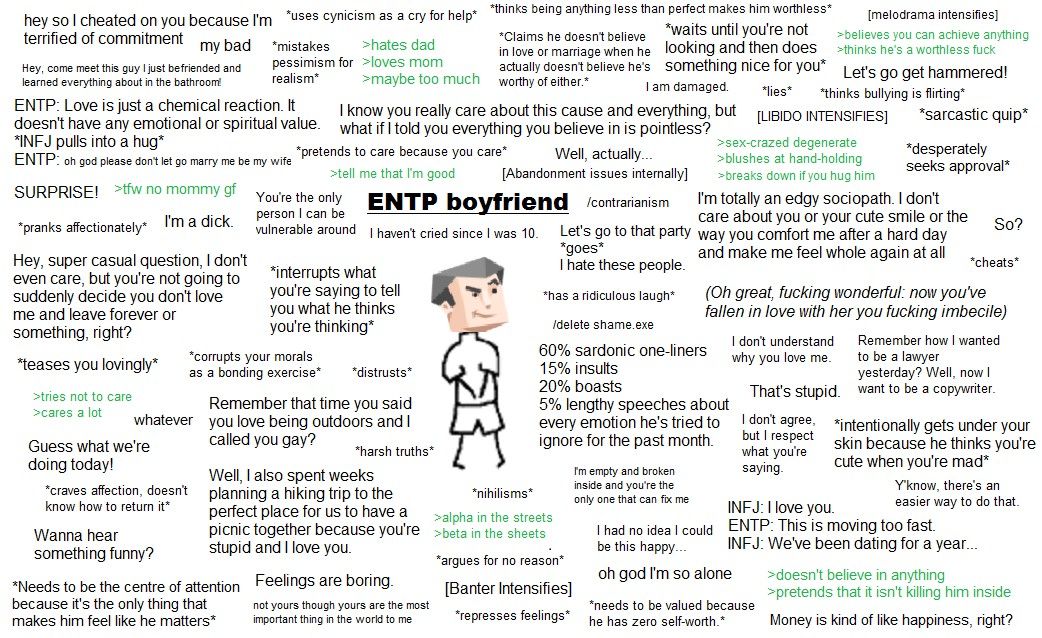 nine0009
nine0009
Test: Red, blue, yellow, green
- In any case, nothing bad will happen, and maybe even vice versa - I'm fine I'll pass the time.
- I love noisy companies, the more people the better! nine0004
- I will be uncomfortable. The absence of familiar people is the worst thing that can happen to me there. happen.
- I would rather not go to such a party at all. Much more productive to sit and talk calmly with one, maximum two people.
 nine0004
nine0004
- I must, I must, I'll get up and say a toast.
- For such cases, I always have a couple of interesting toasts or fascinating stories.
- I will do my best to somehow evade, although I will not directly refuse. nine0004
- Thank you for the honor, it's nice, but no - I refuse flatly.
- Anger.
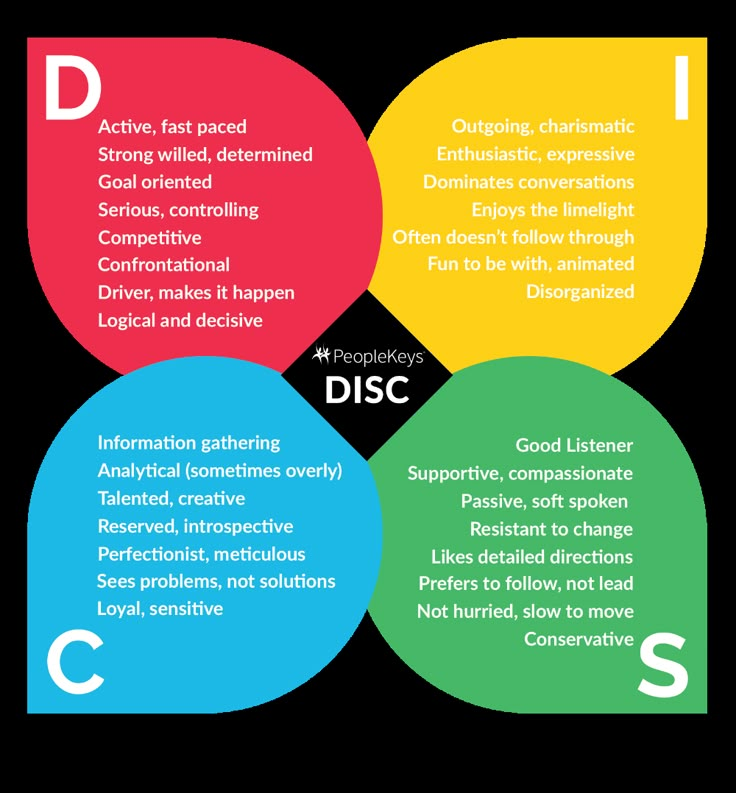 First, for the boss. Secondly, for a colleague. Maybe I can't even restrain aggression. nine0003 Yes, I'm guilty, but I'm not the only one, why are they scolding me? Most likely I'll go for support to friends or acquaintances, I will tell them this story and yes, complain.
First, for the boss. Secondly, for a colleague. Maybe I can't even restrain aggression. nine0003 Yes, I'm guilty, but I'm not the only one, why are they scolding me? Most likely I'll go for support to friends or acquaintances, I will tell them this story and yes, complain. - To experience and play this story in my head again and again, I will probably still week. But I'm not likely to say this to anyone. nine0004
- I will do my best to look calm and professional. I'll remember this for the future so that you don't end up in similar situations again.
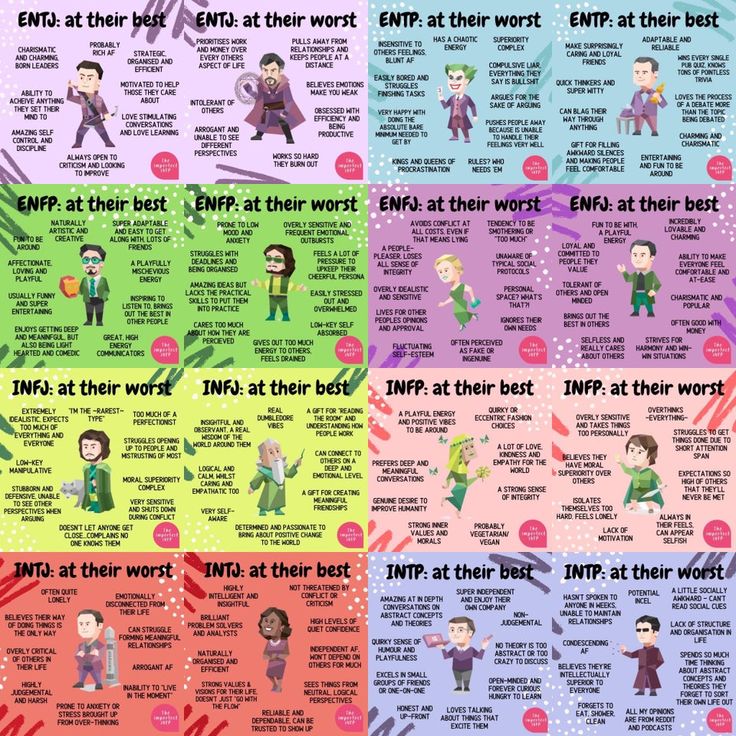
- I'll get the job done as soon as possible. And I will receive additional bonuses in the eyes of the leader, and free up time for other things. nine0004
- I will start doing the task right away, but I do not rule out that after a while I will pause. It often happened that I abandoned work until the last moment, and then did everything in deadline.
- Time management is not my strong point. Most likely to get together and do the task I can only do it when the time is right. nine0004
- Most likely, I will complete the task faster than necessary, but I will not pass.
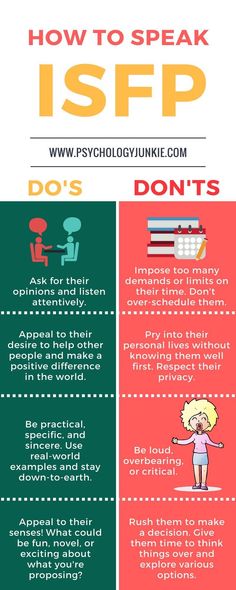 I will refine task over and over again. I will hand over the work right on time, well, maybe the day before it.
I will refine task over and over again. I will hand over the work right on time, well, maybe the day before it.
- I will take my friends and choose something active, say, I will offer to play football or go to the stadium to see how others play. nine0004
- I would prefer to gather a company and go for a walk in the park. Or sit somewhere in a bar.
- Be sure to spend time with your family.
- For me, rest is being alone with my own thoughts and plans.
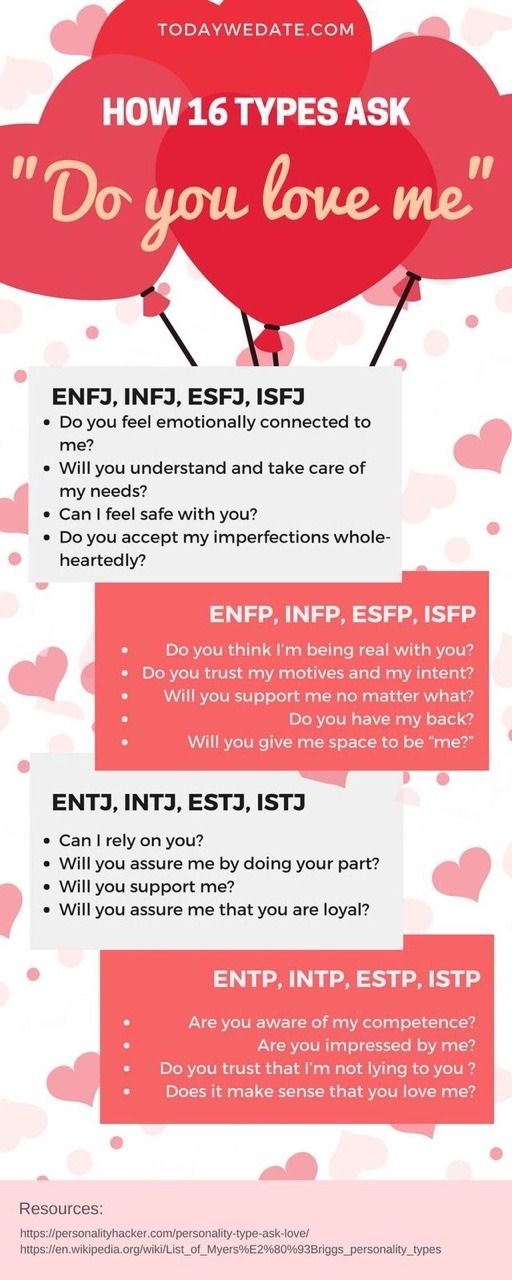 nine0004
nine0004
- I love adrenaline.
- Just got curious.
- I want to prove to myself and others that I can do something too. nine0004
- Consider this one more item on my "know thyself and become better" list.
- “Please, stop hurrying. We're not late!"
- “Well, how much can you? You've been thinking for three hours, and time is running out" nine0004
- I will go to the store and buy something that will improve the presentability of my species.
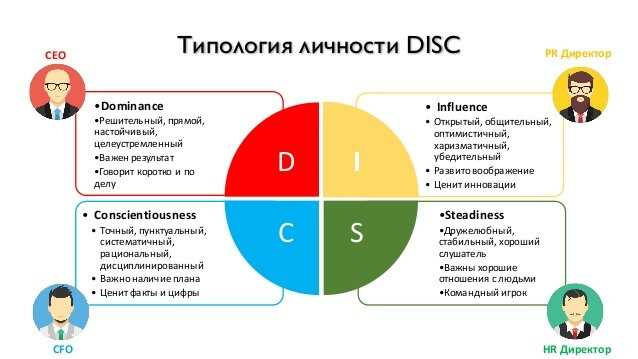
- Of course, I will note and share information with friends!
- First of all, I will tell the news to the family, it would be nice to celebrate with them in a pleasant home environment. nine0004
- First you need to work in a new position and understand how it all turns out.
- I'll quickly review the material and get on with other important things.
- I'd rather not think about the exam at all.
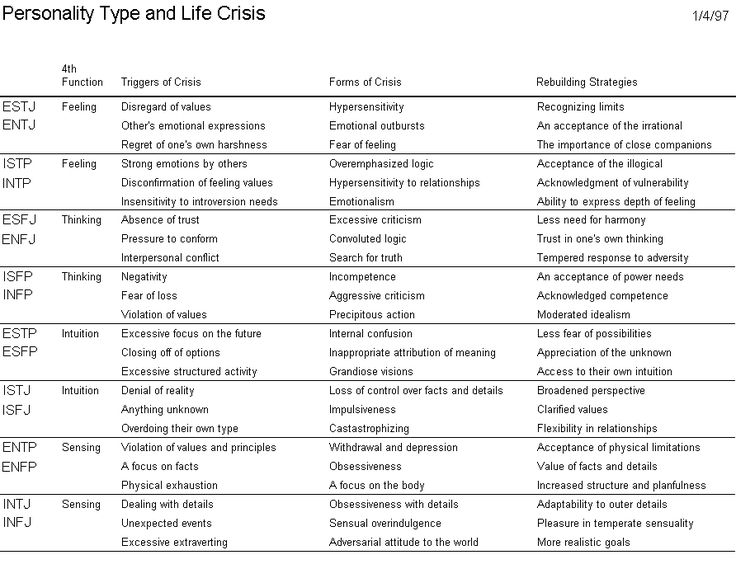 nine0004
nine0004 - I will calmly go through the whole material again. It is possible that I will spend all night.
- Between sleep and study, I choose sleep. It is impossible to show a good result if you tired. nine0004
- A person's personal contribution.
- Teamwork is everything.
- Security firm, sports school.
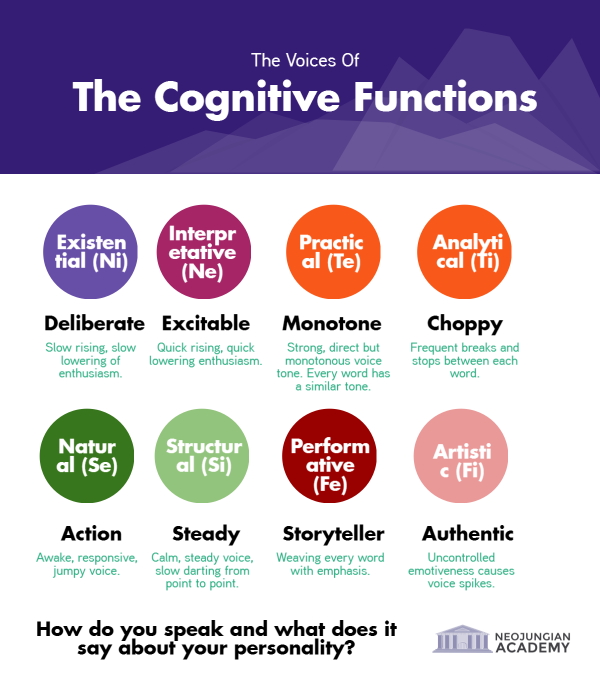 nine0004
nine0004 - Restaurant, bar, night club, cinema.
- Medical center, social institution.
- Consulting firm, marketing company. nine0004
- I will hang a portrait of the President
- Vibrant contemporary art
- family photos nine0004
- Diplomas and certificates that confirm my competence.
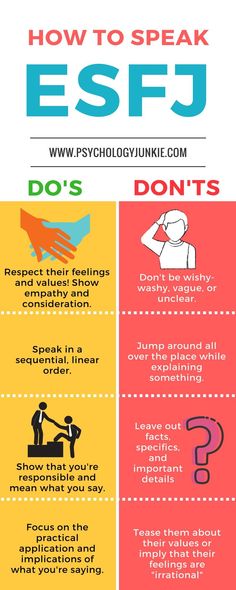
- Stylish, expensive, neat.
- Clothes should express me. nine0004
- The main thing is to be comfortable. I don't like discomfort.
- Not necessarily expensive, the main thing is quality and, of course, appropriate.
- Individual competitions. nine0004
- Team competition, and better not boring.
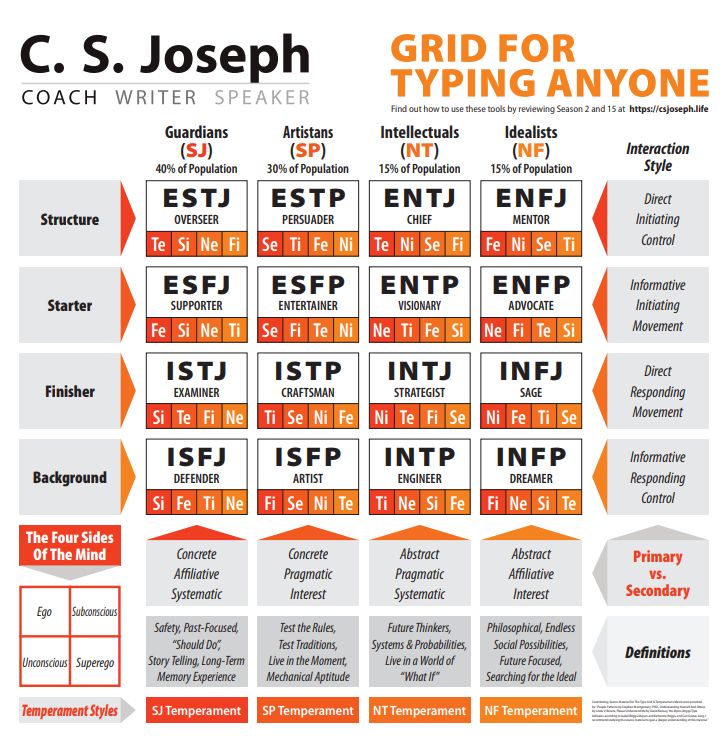
- Team competitions, but those where teamwork can be fully revealed and elbow feeling. nine0003 Individual competition for ingenuity and ingenuity.
- Of course, something presentable and of high quality in the city center.
- I would like to live in some unusual hotel. nine0004
- A hotel recommended to me by people I trust.
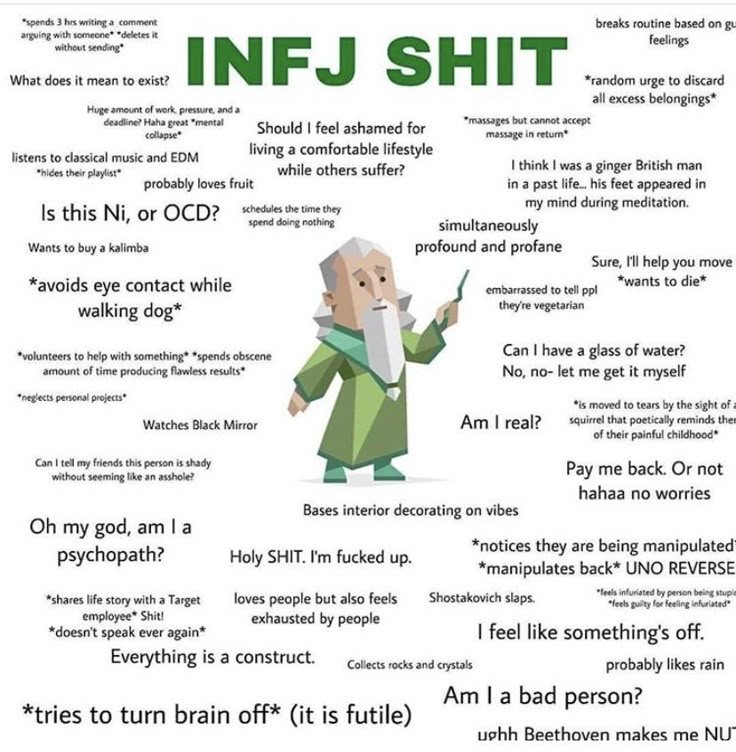
- I'm looking for the perfect value for money.
Teaching about the topic
Share this with your friends! nine0009
Five skills to upgrade this winter! Tips Mila Semeshkina for Forbes
Each of us has our own traditions to make the winter holidays unforgettable.
| News
News of online education in the world: autumn-2022
How is the world learning this fall? Collected the most interesting.
| News
Education News Digest: Strikes, Attacks, Lockdown Breaks and Educational Change
During the time that our "Education Digest" column was not updated, more than one thundercloud passed through the world.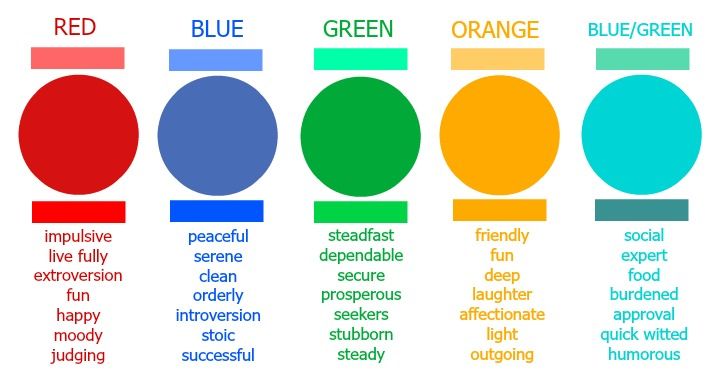 No, no, universities, schools and online platforms have not fallen into chaos! But faced with old problems in a new guise. nine0009
No, no, universities, schools and online platforms have not fallen into chaos! But faced with old problems in a new guise. nine0009
| News
ALL (GENERALLY ALL) COURSES FOR FREE!
LECTERA.COM OPENS FREE ACCESS TO ALL ITS PROGRAMS FOR USERS FROM RUSSIA
| News
Mila Semeshkina on the cover of the April Forbes Club! nine0009
Lectera already has offices in Moscow, Miami and Dubai, and in the near future it is planned to open a representative office in Europe.
| News
April education news
Whatever happens in the world, learning remains an integral part of our lives.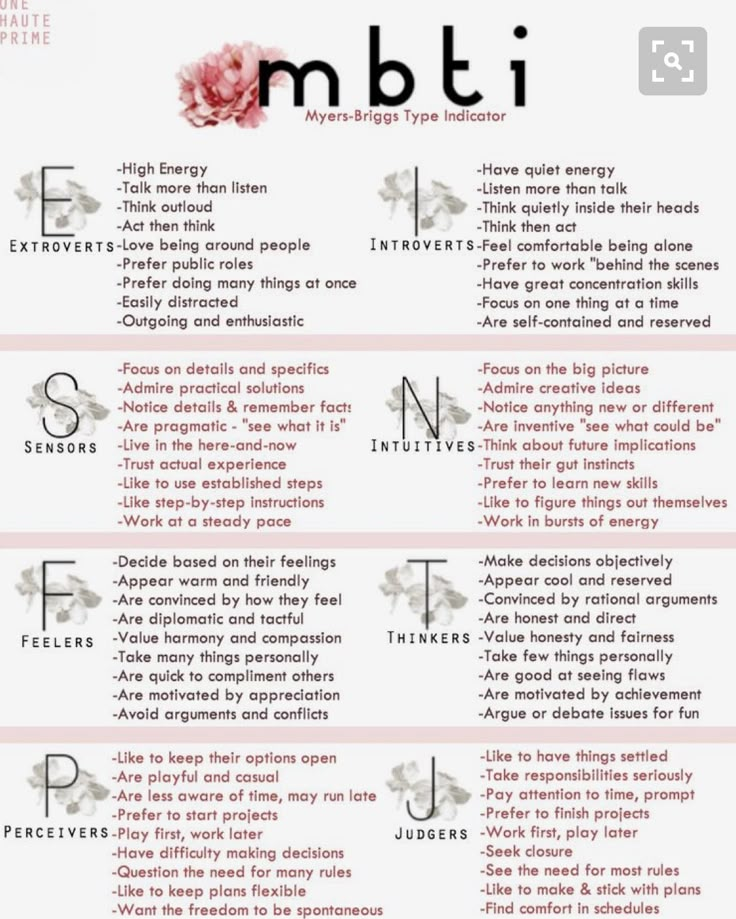 According to our tradition, we have collected for you the most positive and interesting news from the field of education for April to inspire you to your May educational exploits! nine0009
According to our tradition, we have collected for you the most positive and interesting news from the field of education for April to inspire you to your May educational exploits! nine0009
| News
StartupCity recognized Lectera.com as one of Florida's Top 10 Tech Startups for 2022
A panel of industry experts selected Lectera.com based on the company's achievements and innovation in education.
| News
Top 10 Education News 2021: Lectera edition nine0009
Did you know that the first correspondence courses, the progenitors of modern online education, appeared back in 1728?
| News
A new category of courses in Lectera.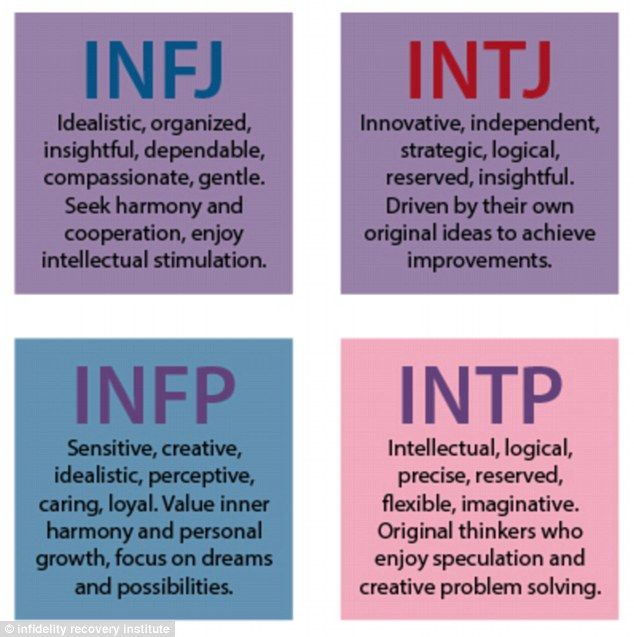 Learn a new profession!
Learn a new profession!
We have great news for you: Lectera has a new category of online career courses!
| News nine0009
TechBullion: why learning with Lectera is the right choice
On December 8, the popular British online publication TechBullion published an article about our educational platform, which talked about the principles of Lectera, the main directions of education and our Fast Education methodology.
| News
Popular
model description, characteristics and application rules
It is not easy to create a dream team where everyone is in their place and can use their strengths for the benefit of the business. Sometimes there are failures: for example, for some reason, a commercial director is more interested in doing analytics than sales, and a person with the principle “who does not risk does not drink champagne” comes to the position of a lawyer.
Sometimes there are failures: for example, for some reason, a commercial director is more interested in doing analytics than sales, and a person with the principle “who does not risk does not drink champagne” comes to the position of a lawyer.
DISC typology assessment helps to protect against such hiring mistakes, as well as to place current employees in the positions that best suit them. But how to conduct an assessment correctly, what to do with its results, can you trust free tests on the Internet? What personality types are there and can they change in different circumstances? nine0009
We talked about all this with Olga Prozorova, a certified expert in personality profile analysis based on DISC.
What do you learn about
👉 What is DISC
👉 What types of personality are
👉 What are the behavior markers of each type
👉 What are the mixed personality types
👉 How to determine the type of personality
👉 Is it possible to use free tests from the internet
👉 Where to use DISC
Olga Prozorova, leader of Finance, HR & Operations at Benchmark Executive
What is personality typology DISC
American psychologist William Marston studied types of personality behavior.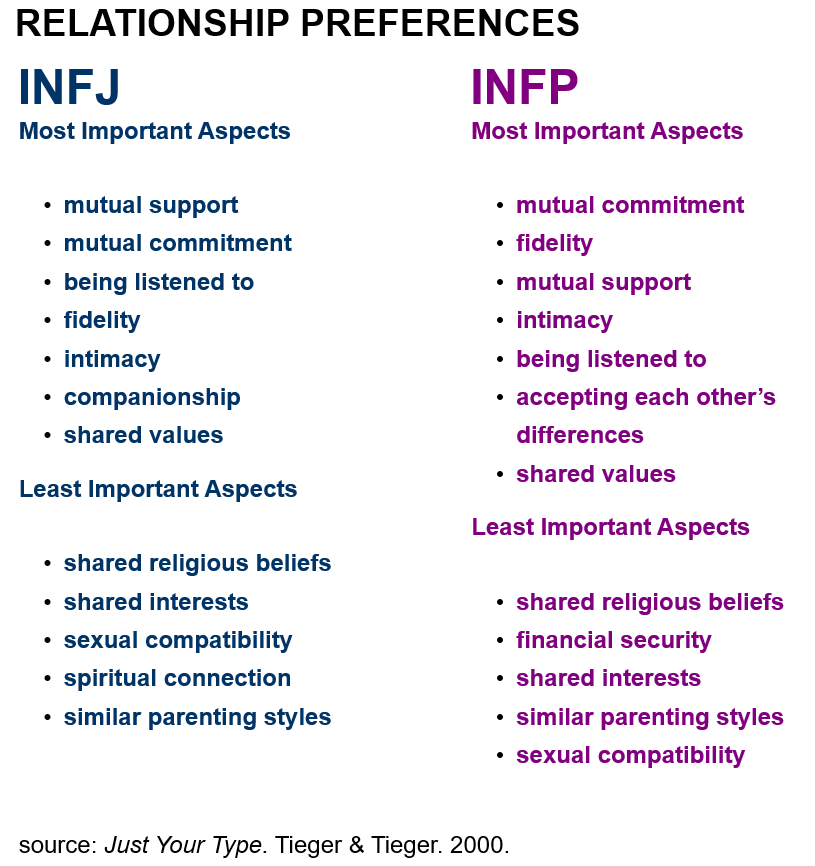 Back in 1928, he published the book The Emotions of Normal People, in which he outlined the theory of DISC.
Back in 1928, he published the book The Emotions of Normal People, in which he outlined the theory of DISC.
DISC is a methodology for studying human behavior based on a four-sector model with two axes:
One axis indicates behavior - active or passive. The other axis identifies the environment as perceived by the person himself. It can be hostile or friendly/favorable. nine0009
According to the theory, people want to remain passive or be active depending on how they perceive the environment: as friendly or hostile.
Thus, 4 sectors are formed:
- Active behavior in an opposing environment (D).
- Active behavior in a friendly environment (I).
- Passive behavior in a friendly environment (S).
- Passive behavior in an opposing environment (C).
It is important to understand that the DISC only looks at behavioral styles and does not assess a person's intelligence, emotional intelligence, or job competencies.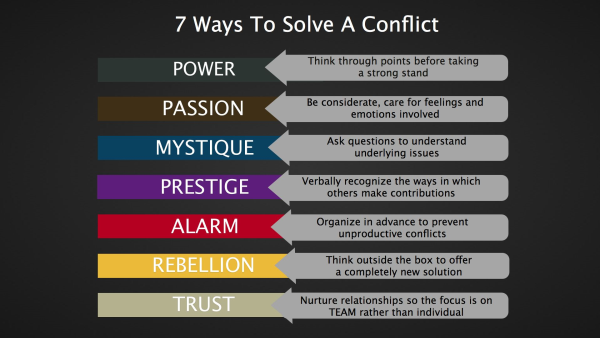 The evaluation results may change under the influence of external circumstances and factors, as well as over time.
The evaluation results may change under the influence of external circumstances and factors, as well as over time.
For example, a person moves to another position or company. Then the model of his behavior may change after a while. Therefore, it is worth re-taking DISC at least once a year or when there are significant changes in life - not necessarily professional ones. nine0009
Characteristics of personality types
In the DISC methodology, personality types are divided into 4 types: dominance (D), influence (I), stability (S), adaptability (C).
D - dominance (active in a hostile environment)
Such people like to be in a highly competitive environment - they are results-oriented conquerors. These are achievers who are motivated to action by the heated atmosphere around or the competitive environment. nine0009
Which roles are most typical for the type: sales, commercial director.
I - influence (active in a friendly environment)
Type I people influence others in a positive way and involve them in processes.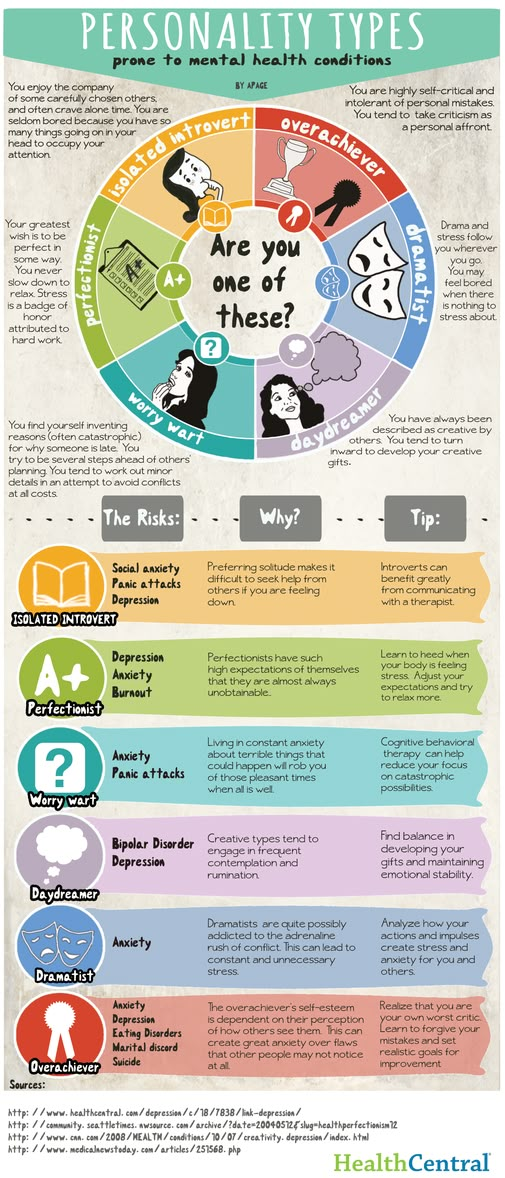 They are maximally open to communications and primarily focus on human relationships.
They are maximally open to communications and primarily focus on human relationships.
Show active behavior, using the power of persuasion to move from hostile situations to more favorable ones. nine0009
Which roles are most typical for the type: HR.
S - Stability (passive action in a friendly environment)
These people feel comfortable when they work with streamlined processes, in an environment where everything is calm and there are no opposing forces. They are reliable, methodical, executive, stubborn and good-natured - they can be called "worker bees." They strive to maintain neutrality until the hostility in the environment stops. nine0009
It is believed that the leader must necessarily be of type D, that is, be a dominator with a strong focus on results. Allegedly otherwise he will not cope with the development of business. But this is not always the case: for example, if a company is associated with a service and is engaged in the provision of services, then its director may be of type S.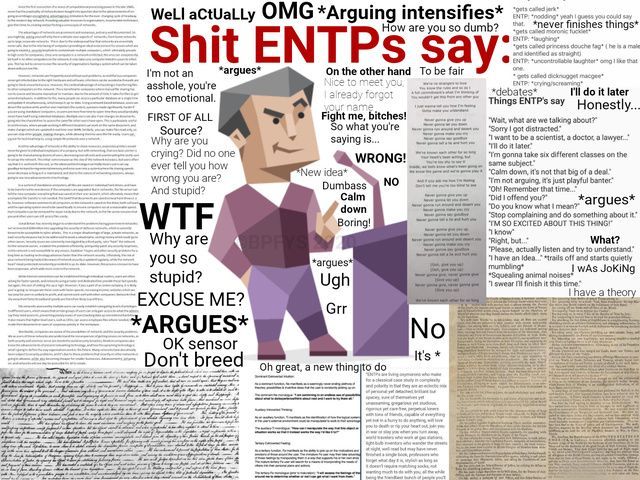
What roles are most typical for the type: service department, accounting staff.
C - adaptability (passive action in a hostile environment)
Type C people work effectively in a turbulent environment and quickly adapt to change. But, unlike D, they are cautious, logical, systematic, consistent, law-abiding, accurate.
As a rule, they have an analytical mind. Seek to negate the degree of confrontation and thus avoid problems or conflict.
Which roles are most typical for the type: employees of the operational, analytical and legal departments.
Behavior markers of each type
Mixed personality types
It is not uncommon to find people who exhibit 2 patterns of behavior equally strongly according to the DISC system. Let's talk about these combinations.
DI - ID: red-yellow and yellow-red
One of the common combinations. Such people are inspirers and natural manipulators.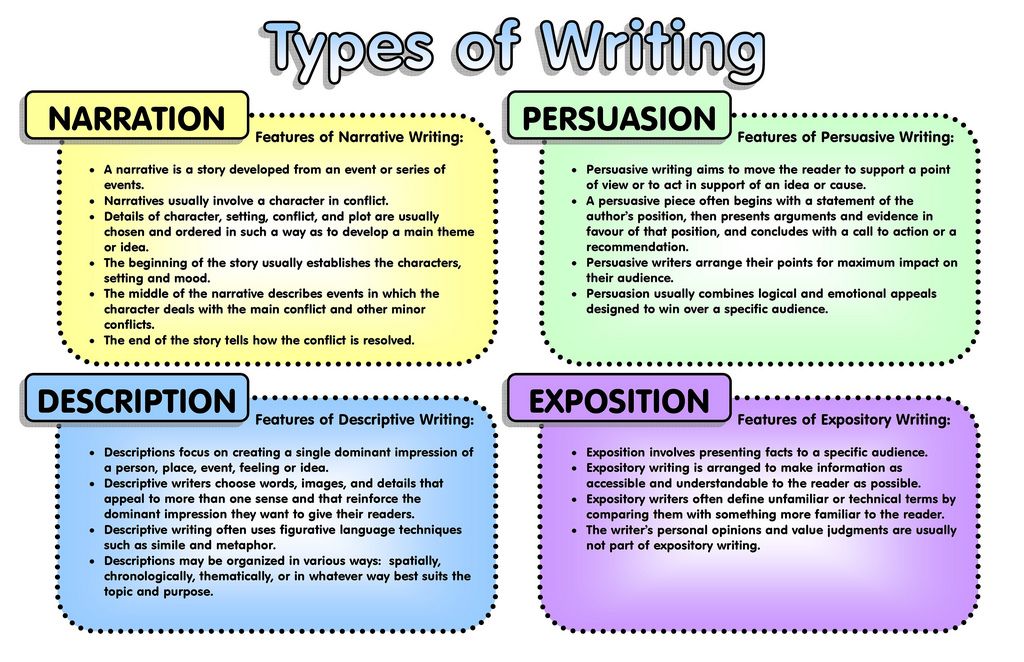 They seek to charm, influence others, and lead through personal charisma or persistent persuasion. nine0009
They seek to charm, influence others, and lead through personal charisma or persistent persuasion. nine0009
This type of person is great at solving complex problems with original and innovative ideas.
IS - SI: yellow-green and green-yellow
This mixed type is quite rare. It is easy to communicate with such people, their distinguishing feature is contact. They treat others with great consideration, warmth and understanding. Comfort, a stable environment, peace and harmony in the team are important to them.
This type of person in the work environment excels in situations where you need to influence and motivate colleagues. nine0009
IC - CI: yellow-blue and blue-yellow
Contradictory type that combines opposite features. Such people are distinguished by self-confidence, intolerance and emotionality.
They are self-sufficient in any situation and perfectly motivate others when there are no guides and landmarks.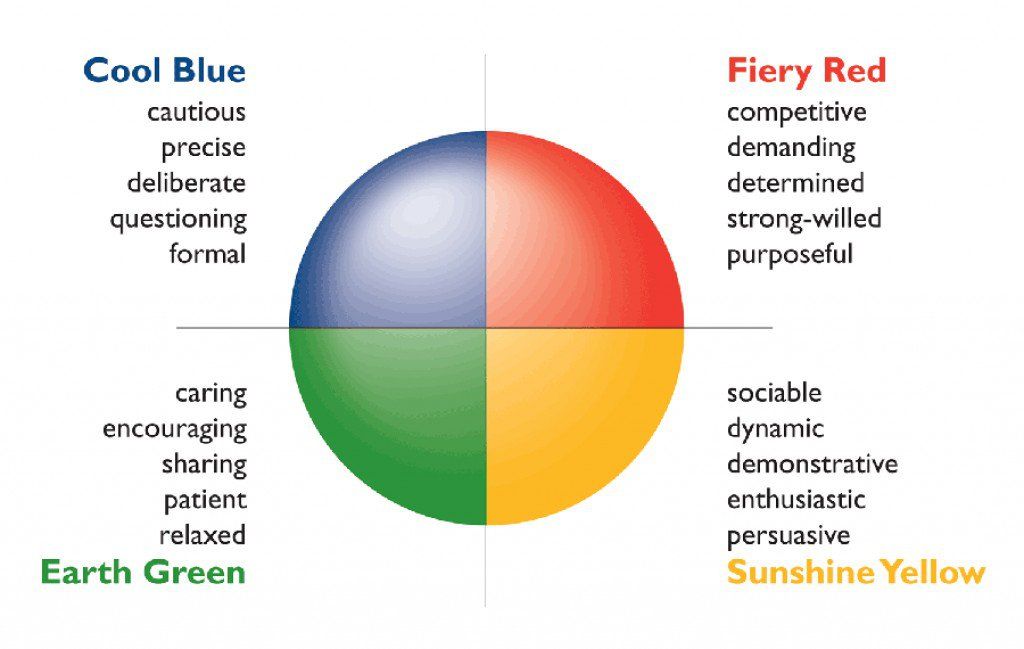
DS - SD: red-green and green-red
The most complex and rare behavioral type. A distinctive feature in behavior is mood swings and excessive initiative. People like DS - SD develop a stormy activity, while suffering from the syndrome of an excellent student - they believe that they must do the job better than anyone else. nine0009
For them, it is important that the task is completed within the agreed time frame with real, measurable results.
How to determine your personality type
One of the most popular and reliable ways to get a DISC assessment is the Thomas Profile Personality Analysis.
Thomas Hendrickson developed this system based on DISC in the middle of the 20th century. Profile analysis of personality allows you to accurately determine the behavior of a person in various areas of life. The report provides insight into intrinsic motivation factors, values, strengths and limitations. nine0009
DISC indicates what personality types are and how they are characterized.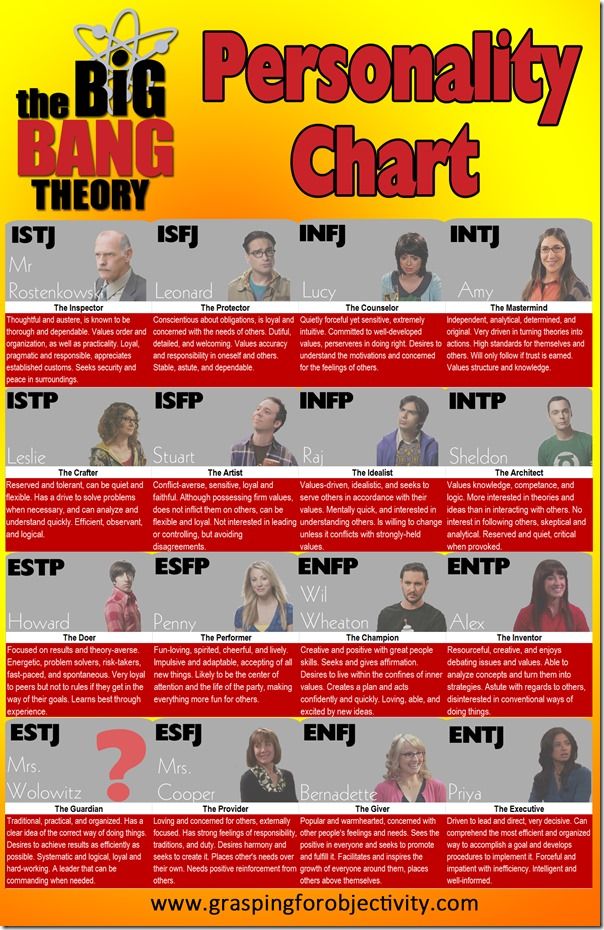 And the Thomas system is a tool that allows you to determine how these personality types are expressed in a particular person.
And the Thomas system is a tool that allows you to determine how these personality types are expressed in a particular person.
I'll tell you step by step how the assessment according to the Thomas system takes place.
Step #1: Testing
Testing takes place in an automated mode: the testee answers simple questions for about 10–15 minutes. Based on the results of the answers, a detailed analysis of the personality is carried out, reflected in 3 graphs:
- self-portrait - behavior in everyday life;
- conduct at work;
- behavior in a stressful situation.
. After that, the readings are compared with the graphs of behavior at work (I) and behavior under pressure (II).
It is especially interesting to compare the data with graph II. In a normal situation, a person is able to control behavior, but in stressful conditions, control weakens - additional factors break out. So on this graph, a point that was not in the self-portrait can clearly appear.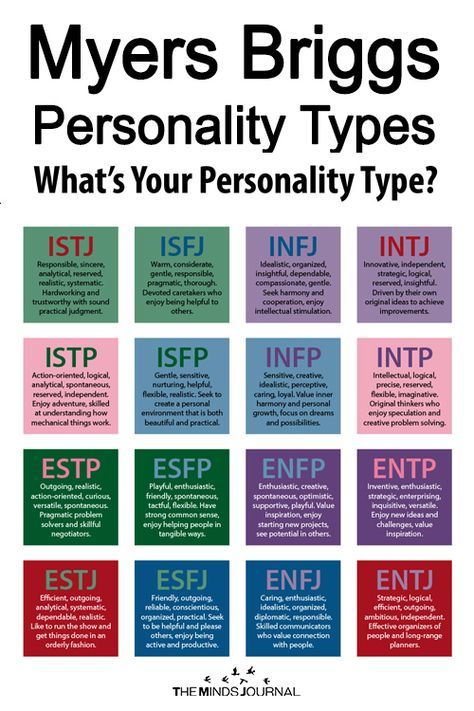 nine0009
nine0009
In this case, it is important to evaluate the points in the aggregate - they can compete and interact with each other. For example:
- if the line from S to C goes up, as on our chart, then this indicates the ability to take risks;
- collapse of the same line suggests that the subject is prone to independence;
- if points D and C lie at the same level below, then the person is in a state of procrastination - becomes indecisive in situations where important decisions must be made, and prefers not to move. nine0004
The highest point of the graph does not change and is the key one - it is by it that the type of personality's behavior is assessed. On our chart, there is also such a point - in area C. The rest of the points can change their position under the influence of various factors over time. And if two points constantly compete with each other at the top, then we can talk about a mixed personality type.
Particularly interesting are the reference points - those that lie on the graph axis.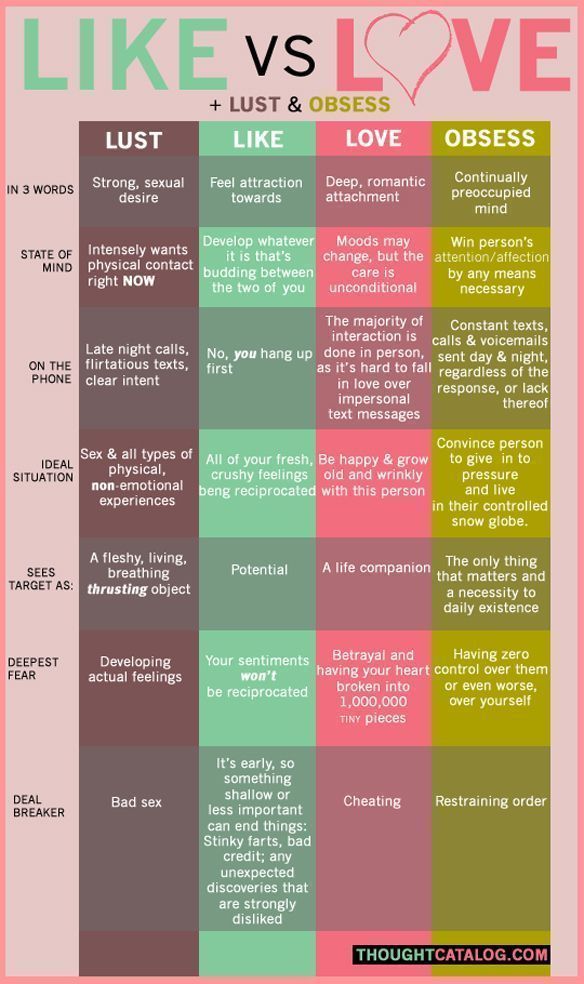 They set in motion other factors and enhance their manifestation. nine0009
They set in motion other factors and enhance their manifestation. nine0009
Certified experts look at graphs in aggregate, analyze changes in the position of points and the interaction between them.
Step #3: Providing feedback
It is important to provide detailed expert feedback to the person who has been assessed using the DISC methodology, indicating strong type characteristics, concerns, motivators, value to the organization. Feedback is critical: it can be provided by an external consultant or by your own employee if trained in the assessment methodology. nine0009
It is not enough just to tell the subject that he belongs to type D, which is characterized by such and such traits. It is necessary to “land” formal feedback on a real person:
- highlight the benefits, nuances and risks;
- tell how this affects his work;
- suggest options for the development of growth zones.
For example, a modern HR manager needs to work not only with people, but also with analytics. This means that type I alone may not be enough - you need to pump C.
This means that type I alone may not be enough - you need to pump C.
What to choose: free tests on the Internet or paid consulting services
Free tests can be perceived as entertainment, but you should not draw conclusions based on them. To get detailed reliable information, you will have to go through paid testing through official providers.
It is essential that the provider who will carry out the assessment not only provide a general opinion, but also be prepared to provide extensive feedback. Often, test subjects and company HRs have questions about why the result is this way and what to do with this information. They look at the graphs and have absolutely no idea how these lines are related to the conclusions. nine0009
If you're testing on your knees using free sources on the Internet, rather than using external certified providers, then you should not rely too much on the results of the test.
How to apply the methodology in work
To assess candidates
The methodology can be used at the final stage of assessing candidates for a vacant position.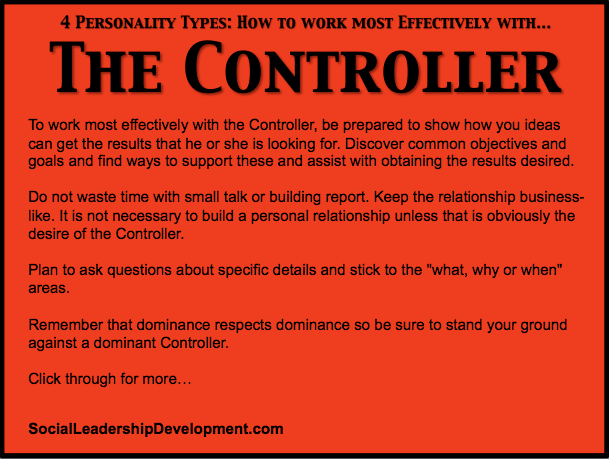 Let's say you have two applicants for the same role, both of them are suitable in terms of background and skills. In this case, DISC acts as an additional tool that allows you to see the whole picture - to see even what was not visible during the interview. nine0009
Let's say you have two applicants for the same role, both of them are suitable in terms of background and skills. In this case, DISC acts as an additional tool that allows you to see the whole picture - to see even what was not visible during the interview. nine0009
There are no good or bad personality types - there are those that fit or don't fit a particular role. As a result of testing, you determine which of the two candidates is more relevant to the position profile according to the behavior model.
In an internal assessment
DISC can be used to assess whether a person is in the right place, how he feels and whether he is able to behave as expected of him.
For example, the commercial director of one company did not work as efficiently as expected. He was strong in analytics and planning, but did not show himself as a result-oriented leader. Before the assessment, the company did not understand what exactly was wrong, but the assessment showed that the commercial director is a type C person, not a D.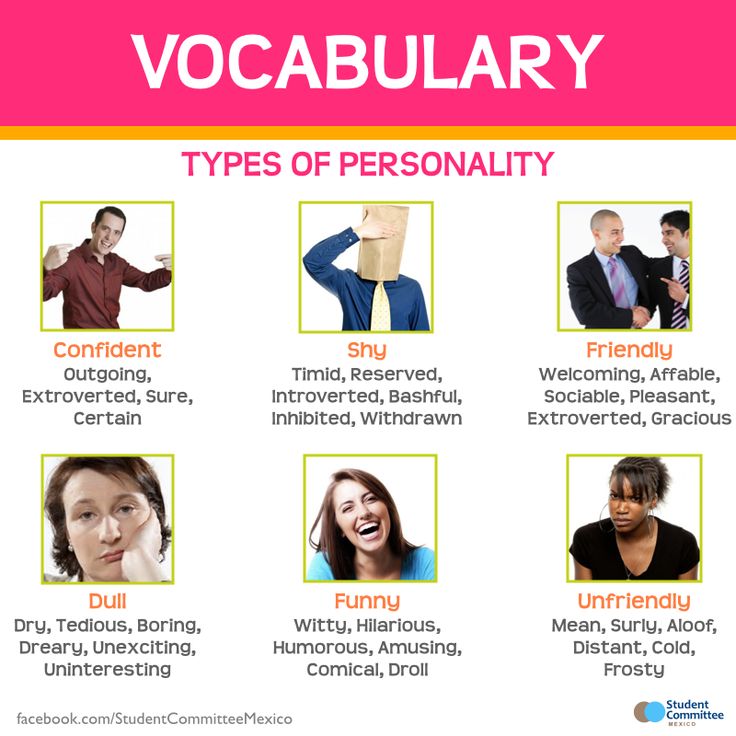
It is up to each company to decide what to do with this information. It is not always about replacement: weaknesses can be strengthened. For example, if you give the commercial director detailed feedback, pointing out points of development, then he will have the opportunity to work on his behavior and strengthen communications.
If successful, the director will increase his D-factor and performance. Of course, an employee will be able to come to such changes if he has well-developed other competencies, for example, emotional intelligence. nine0009
To determine the state of an employee
Using DISC, you can assess the psychological state of an employee - see frustration, burnout, depression, stress due to uncertainty.
Thus, a graph in which all points lie on the X-axis plane is called compressed. Depending on which of the three graphs is compressed, one can infer problems. For example, the compression of schedule I indicates that the employee is confused, lost his bearings, or does not understand what is required of him. Perhaps he is demotivated and is considering career changes. nine0009
Perhaps he is demotivated and is considering career changes. nine0009
This is what happens when an employee is appointed against his will to a new position. Then he feels out of place and suffers. If the HR sees such a picture, he can communicate with the employee and try to solve the problem: move him from this position or, conversely, help him find himself in a new role.
To assess the realism of the job profile
Sometimes customers are looking for a candidate who must be able to absolutely everything and combine the incompatible. Some assessment providers allow you to fill out a job profile and then get a schedule of the person who would fit the role. nine0009
So it may turn out that the customer is looking for a "unicorn" - a candidate who must have all personality types at a high level at once.
Conclusions
- According to the DISC typology, people are divided into 4 types - depending on the perception of the environment and the activity of their own actions.

- Personality types DISC:
- D - dominant, active in a hostile environment;
- I - influencing, active actions in a friendly environment; nine0004
- S - stable, passive actions in a friendly environment;
- C - adaptive, passive actions in a hostile environment.
- In addition to people who belong to one type of personality, there are those who combine several types.
- The most popular and reliable DISC typology assessment tool is the Thomas Profile Personality Analysis.
- Testing takes place automatically within 10-15 minutes. As a result, you get 3 graphs of the subject's behavior: in ordinary life, at work and in a stressful situation. nine0004
- The highest point on the graphs may indicate the type of personality. At the same time, it is important to look at the points below, as well as at the relationships.
- Stress graph is the most revealing
- Free tests on the Internet are just fun.
